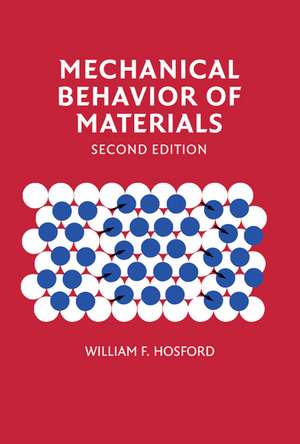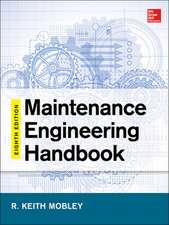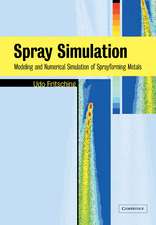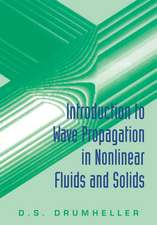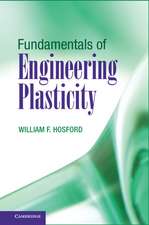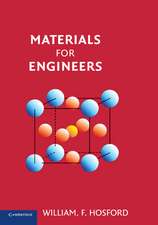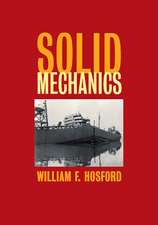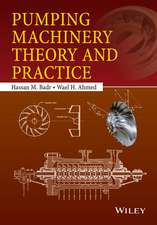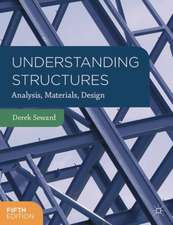Mechanical Behavior of Materials
Autor William F. Hosforden Limba Engleză Hardback – 8 noi 2009
Preț: 892.32 lei
Preț vechi: 1037.59 lei
-14% Nou
Puncte Express: 1338
Preț estimativ în valută:
170.76€ • 185.43$ • 143.44£
170.76€ • 185.43$ • 143.44£
Carte tipărită la comandă
Livrare economică 22 aprilie-06 mai
Preluare comenzi: 021 569.72.76
Specificații
ISBN-13: 9780521195690
ISBN-10: 0521195691
Pagini: 436
Ilustrații: 504 b/w illus. 15 tables 248 exercises
Dimensiuni: 178 x 254 x 24 mm
Greutate: 0.98 kg
Ediția:Revizuită
Editura: Cambridge University Press
Colecția Cambridge University Press
Locul publicării:New York, United States
ISBN-10: 0521195691
Pagini: 436
Ilustrații: 504 b/w illus. 15 tables 248 exercises
Dimensiuni: 178 x 254 x 24 mm
Greutate: 0.98 kg
Ediția:Revizuită
Editura: Cambridge University Press
Colecția Cambridge University Press
Locul publicării:New York, United States
Cuprins
1. Stress and strain; 2. Elasticity; 3. Mechanical tensile testing; 4. Strain hardening of metals; 5. Plasticity; 6. Strain-rate and temperature dependence of flow stress; 7. Slip; 8. Dislocation geometry and energy; 9. Dislocation mechanics; 10. Mechanical twinning; 11. Hardening mechanisms; 12. Discontinuous and inhomogeneous deformation; 13. Ductility and fracture; 14. Fracture mechanics; 15. Viscoelasticity; 16. Creep and stress rupture; 17. Fatigue; 18. Residual stresses; 19. Ceramics; 20. Polymers; 21. Composites; 22. Mechanical working; Appendix I. Miller indices; Appendix II. Stereographic projection.
Notă biografică
Descriere
An expanded textbook for mechanical behavior of materials courses in mechanical and materials engineering that emphasizes quantitative problem solving.
